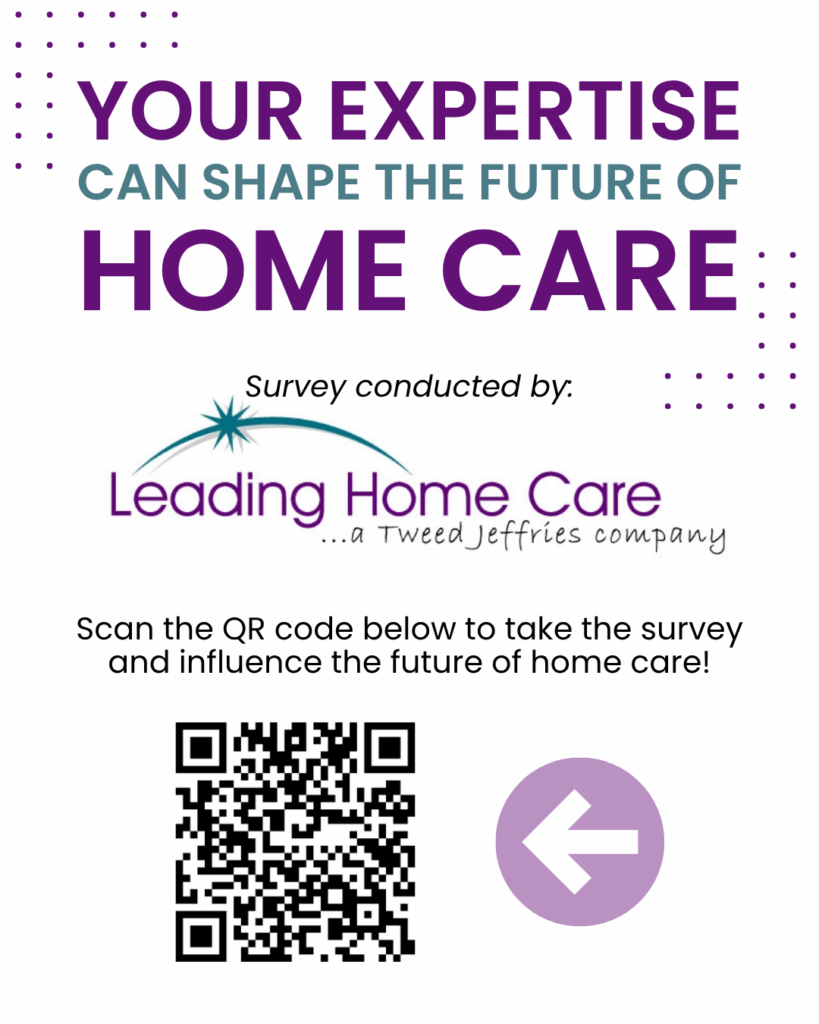By Stephen Tweed After the lessons learned by home health agencies in the wake of Hurricane Katrina in 2005, state home care associations and local home health agencies and hospices created Emergency Preparedness Plans to deal with future national disasters. In interviewing leaders in home health agencies whose patients and employees were directly affected by the aftermath of the storm, we were able to document some simple strategies to get ready for the future.
After the lessons learned by home health agencies in the wake of Hurricane Katrina in 2005, state home care associations and local home health agencies and hospices created Emergency Preparedness Plans to deal with future national disasters. In interviewing leaders in home health agencies whose patients and employees were directly affected by the aftermath of the storm, we were able to document some simple strategies to get ready for the future.
Here are some things you can learn from their experience:
- Maintain a checklist of everything that you might need from your office in the event of a disaster which causes you to work from somewhere else. Make sure you have copies of this list, and all of the information you’ll need in an off-site location.
- You need to be 100% automated, with schedules, patient lists, and staff information complete and up to date. You can’t have people working from paper schedules on their desks until they have time to input the data into the computer system.
- Have your IT system in a secure data center that has backup power and internet connections so you can access the system from remote locations.
- Maintain an up-to-date roster of all employees with contact information.
- Have personal cell phone and home phone numbers for all staff.
- Use your telephone contacts and keep in touch with your staff and patients using your telephone tree. Limit use of radio and TV to contact your patients unless all other communication systems are not operable. This can lead to confusion, and given the power outage you can’t always rely on media. The more “business as usual” for the patients, the better. It helps them remain calm.
- Have alternative locations for your emergency operations center identified and prepared in advance. If something happens to your office today, where will you establish your operations?
- Have a master map of every phone line, fax line, and internet connection into your building. Know who to call at the telephone company to re-route each phone line and internet connection.
- Have a plan to access a back-up electrical generator in the event power is out for an extended period. Since the home health agency is in a commercial office park and not near any healthcare facility, they were down the list of priorities to have power restored by the electric company.
- Have a disaster plan for your answering service, and review it with them regularly.
- Keep a list of schedules and patient lists printed out ahead of time. When you know a storm is coming, run the lists and get them off site.
- Have extra car chargers for laptops and cell phones.
- Have wireless internet cards for your laptops.
- Remember, home care staff need transportation. With payroll down, mileage checks were delayed, so agencies provided gas cards to staff in need.
- Keep your senior leadership team visible at all times during the emergency. Your staff wants to see leadership in action.
- Remain calm and understand the importance of “emotional intelligence.” Keep your leadership team focused on taking action that serves the patients and the staff.
- Supply food. There’s something about having food available that creates a special bond between members of a team working through an emergency situation.
Stay tuned for the stories of home health and hospice heroes in action during Sandy, and the lessons we can learn for the future.
What is your story from Sandy?
What have been your experiences in implementing your agency’s disaster plan?
What points would you add to our list?



